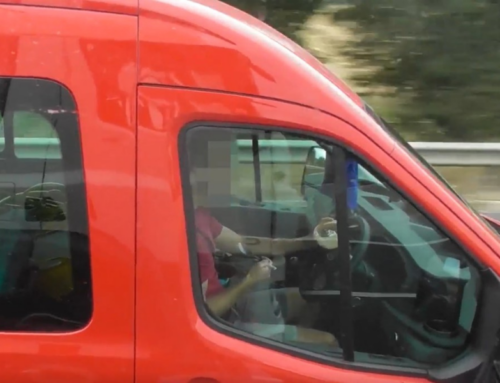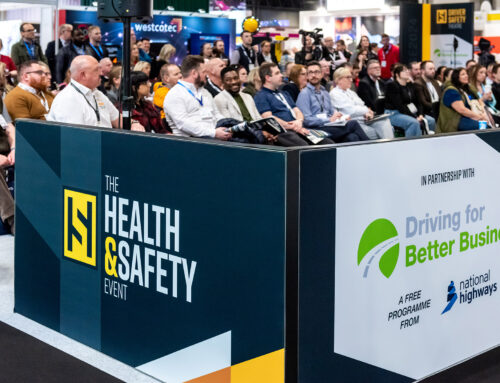As the organisation behind Driving for Better Business, Highways England knows that it must lead by example. Following a lengthy review of its own internal processes, including risk assessments of their work-related driving requirements in each region and the development of a new Driving for Work policy, Highways England are now promoting Driving for Better Business down through their supply chain in a bid to ensure high standards of management across the board.
At the recent Supply Chain Masterclass, held at Highways UK in November, Chief Executive Jim O’Sullivan outlined his expectations of all their contractors with regards to how they managed their work-related road risk and, importantly, his expectations that all of Highways England’s Tier 1 suppliers would work towards becoming Driving for Better Business Champions.
Mr O’Sullivan said that getting Tier One suppliers signed up to Driving for Better Business was ‘particularly and personally’ important to him: “I get quite annoyed when Highways England starts to dictate to you how you should go about your business… that’s not our role. We employ you to look after the safety of your people in the activities you undertake for us.”
He added, however: “The one thing that we should dictate is how you achieve safety on our road network, because we operate the high-speed network for the country and it makes a huge economic contribution. You all know the statistics; four million journeys a day and 66 per cent of all freight. But just like the railways or like nuclear power or anything else that carries risks, we understand the dangers and the risks of operating vehicles at high speed.”
Mr O’Sullivan said that motorway traffic was 10 times higher than when the routes were devised in the 1960s. “Between one in five and one in 15 people (depending on which motorway you are talking about) who pull over on the hard shoulder will be involved in a further incident.”
Mr O’Sullivan told the Masterclass he had been ‘particularly touched’ by an incident in the Highways England supply chain, involving the driver of a minibus carrying people to work. A tyre problem caused the driver to stop on the hard shoulder. After getting out to inspect the tyre, the driver was hit by an HGV and died.
“Within 48 hours we had amended our advice to our staff and our contractors,” said Mr O’Sullivan. “If you break down on a motorway or high-speed road, do not go playing with the vehicle. Do not change the tyre. Phone the Highways England number, phone your breakdown service and get professional help to attend. Once someone is in attendance then start to think what you are going to do with the vehicle.”
He said that while Driving for Better Business had made important achievements on costs around fuel, insurance, body workshop visits and time spent off the road, “truth be known that’s nice to have but what we really don’t want is any of your employees or any of your supply chain staff injured in an accident on the Strategic Road Network. That is why we are so keen to see you signed up (to Driving for Better Business).”
Added Mr O’Sullivan: “That fatality was unnecessary… it was tragic and occurred in the one area of your business where I feel Highways England has an absolute right to dictate how you go about it. The best way to do that, the best way to satisfy our desire for you to be safe when using our roads is for you to take part in Driving for Better Business.”
Driving for Better Business has a simple 7-step process that starts by taking employers through achieving basic legal compliance, and then going on to pursue the kind of good practice that has been proven, not just to improve driver safety, but also to significantly reduce operational costs. The campaign is free to join and there are a number of free resources available such as case studies and example driver policies and handbooks.
Highways England supply chain resources from the masterclass can be found here.





